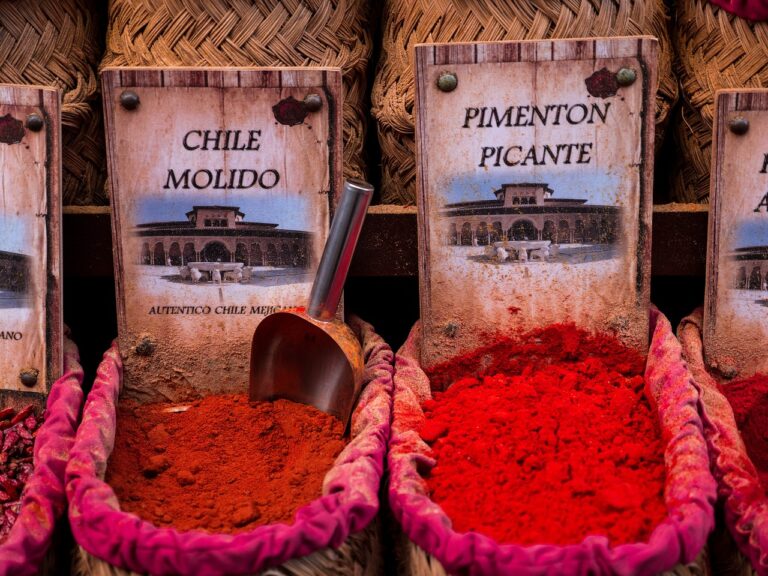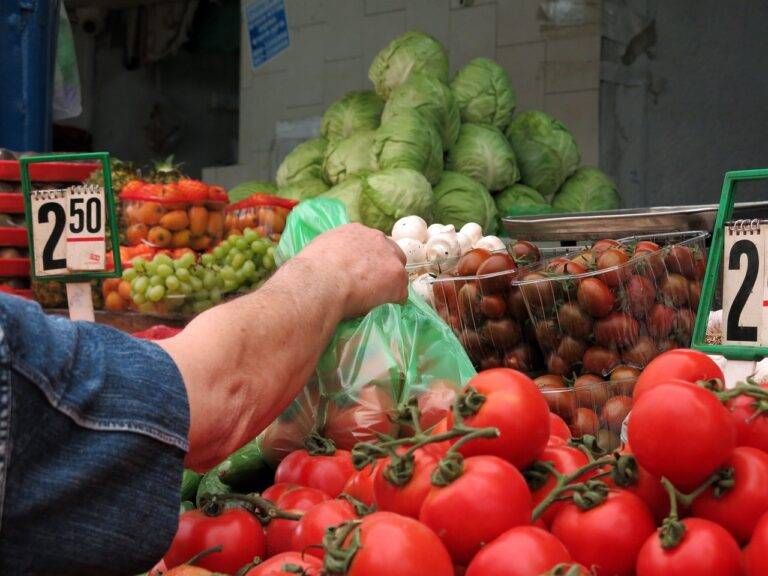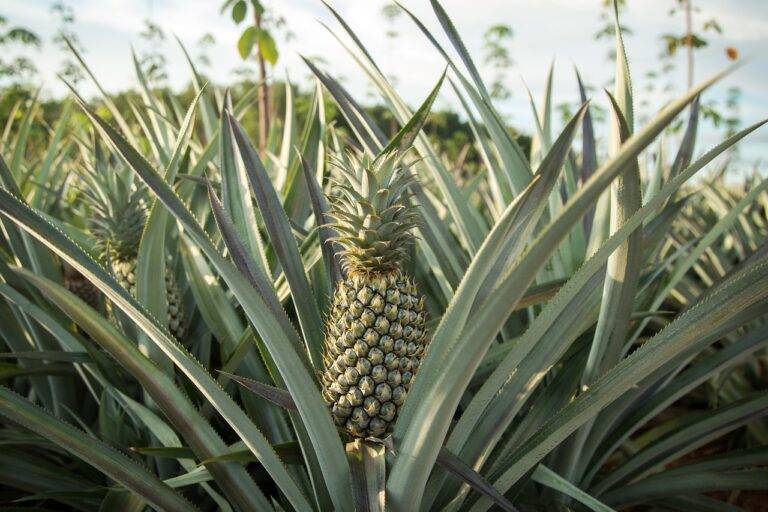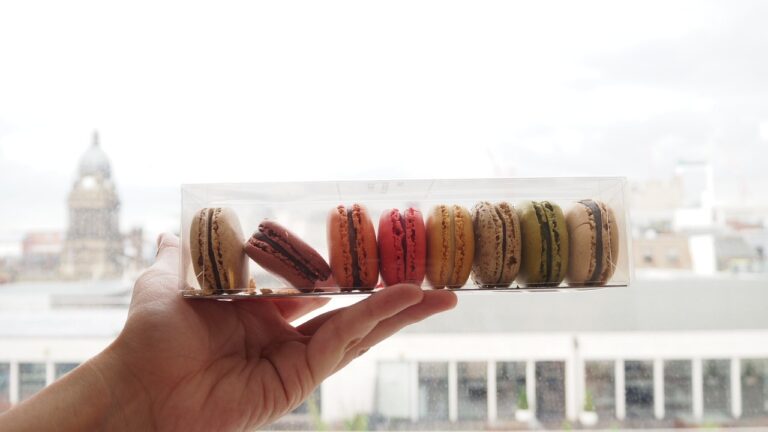The Science Behind Food Irradiation and Pasteurization
Food preservation methods have evolved over centuries, with early civilizations relying on techniques like drying, smoking, and fermenting to prolong the shelf life of perishable foods. In ancient times, salting and pickling were commonly used to preserve meats and vegetables, allowing communities to store food for longer periods and survive harsh winters or periods of scarcity. These traditional methods laid the foundation for the development of more advanced preservation techniques in later centuries.
With the industrial revolution came innovations in food preservation, such as the invention of canning by Nicolas Appert in the early 19th century. This revolutionary method involved sealing cooked food in airtight containers to prevent spoilage, marking a significant advancement in the preservation of food. The discovery of pasteurization by Louis Pasteur further transformed the food industry, providing a way to kill harmful bacteria and extend the shelf life of perishable goods like milk and juice. These milestones in the history of food preservation paved the way for the development of modern techniques that we rely on today to ensure food safety and availability.
Understanding the Purpose of Food Irradiation
Food irradiation is a method used to kill bacteria and other harmful microorganisms in food products. By exposing the food to ionizing radiation, the DNA of these microorganisms is damaged, preventing them from reproducing and causing foodborne illnesses. This process helps to ensure that food is safe for consumption by reducing the risk of contamination.
Additionally, food irradiation can also help to extend the shelf life of certain food products. By reducing the number of spoilage-causing microorganisms, the food remains fresher for longer periods of time. This can be particularly beneficial for foods that are transported long distances or stored for extended periods before consumption.
What is food irradiation?
Food irradiation is a process in which food is exposed to ionizing radiation to kill bacteria, parasites, and other harmful pathogens.
Why is food irradiation used?
Food irradiation is used to extend the shelf life of food, reduce the risk of foodborne illnesses, and prevent spoilage.
Is food irradiation safe?
Yes, food irradiation is considered safe by organizations such as the World Health Organization and the Food and Drug Administration. It is carefully regulated to ensure that the food remains safe to consume.
Can food irradiation affect the nutritional value of food?
Food irradiation can cause slight changes in the nutritional content of food, but these changes are minimal and do not significantly impact the overall nutritional value.
What are some common foods that are irradiated?
Some common foods that are irradiated include meats, poultry, fruits, vegetables, spices, and grains.
How can consumers identify irradiated foods?
Irradiated foods must be labeled with the international symbol for irradiation (the radura) and the words “Treated with irradiation” or “Treated by irradiation.”







